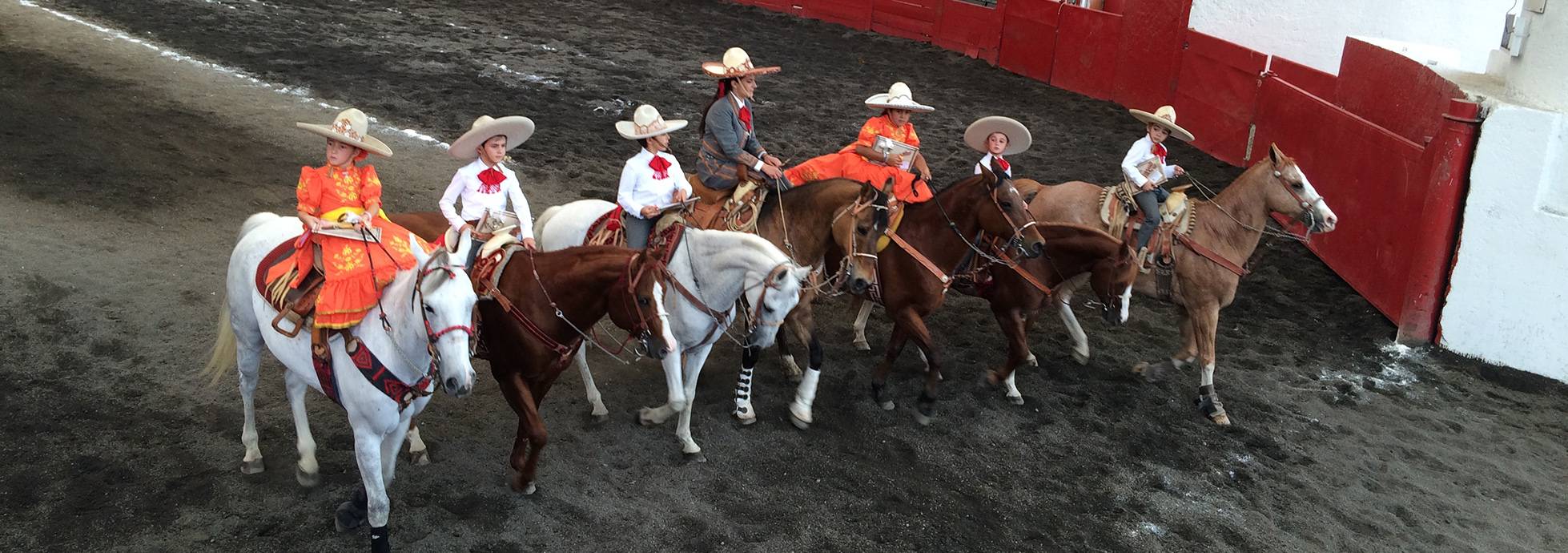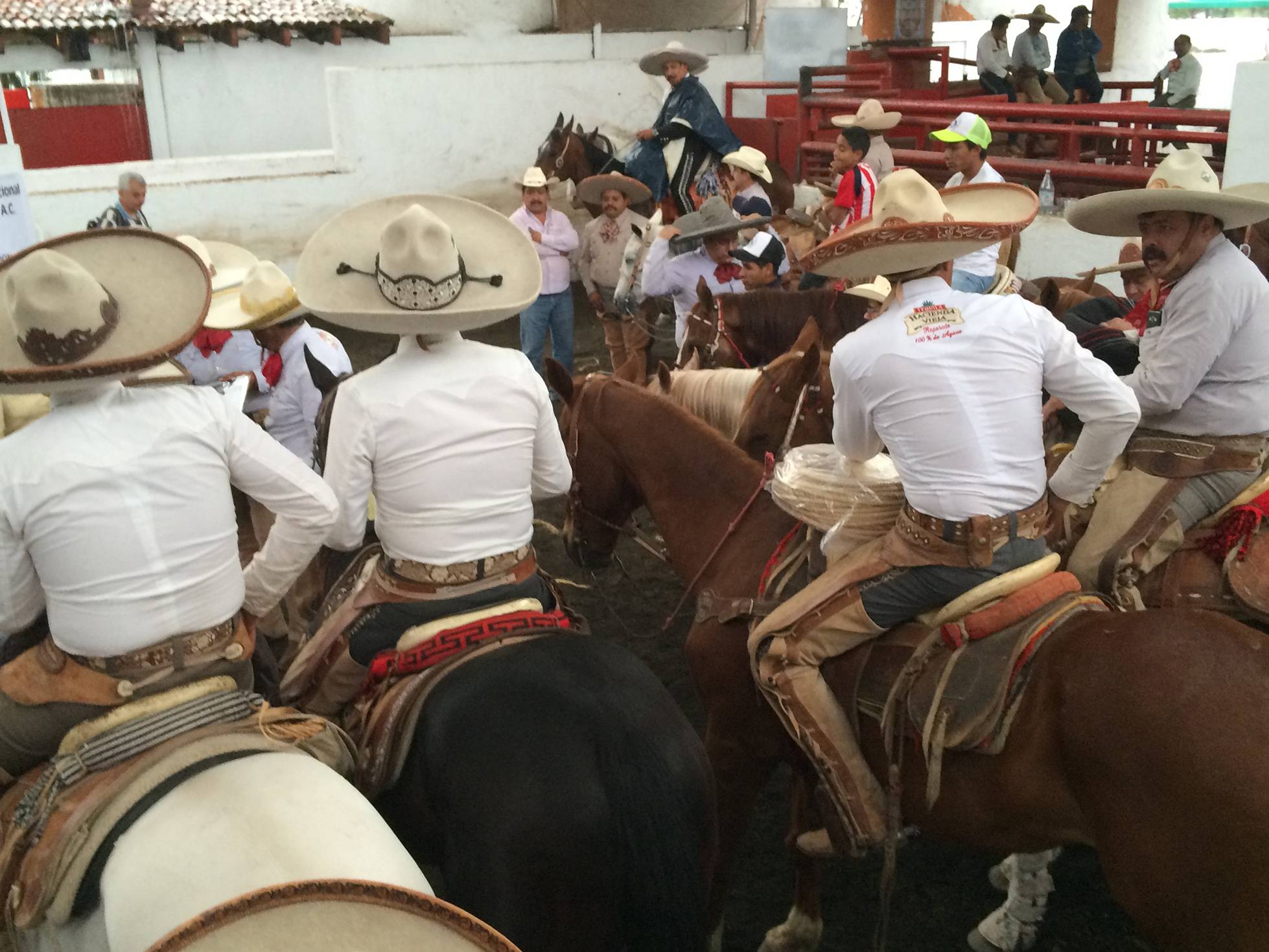Sociology professor looks at the culture of the charro in Mexico’s society
Julie Cooper | September 22, 2020

You can’t live in South Texas for long and not be at least a little familiar with rodeo, but do you know about charreada — or what is commonly called Mexican rodeo? It is the national sport of Mexico and holds firmly to traditional equestrian and ranch skills performed by “charros” or horsemen.
In 2016 this equestrian practice was recognized on the Lists of the Intangible Cultural Heritage of Humanity by the United Nations Educational, Scientific and Cultural Organization (UNESCO).
Dr. Beatriz Aldana Marquez delved into the sociological aspects of charreada in her book From the Peaceable to the Barbaric: Thorstein Veblen and the Charro Cowboy (Routledge, 2019). For Aldana Marquez, a native of Mexico City, it was also an examination of a cultural heritage that her family members have been part of and a touchstone for many Mexicans.

Aldana Marquez’s family came to the United States when she was 5 or 6 years old and settled in New York where her father worked on a dairy farm and her mother did domestic work. “We came here undocumented. I got a green card when I was about 13,” she said.
Like the rodeos of the American West, charreada was born out of the competitions between the large haciendas in Mexico. After the Mexican Revolution, and the breakup of these large ranches, the National Association of Charros was established in 1921. By 1933 the charreada was named Mexico’s national sport.
Aldana Marquez said her grandfather once competed as a charro, but later trained the horses. “It is a sport that doesn’t give you fame or money, but it is for those who are trying to keep the tradition alive.”
In the book, she applies the cultural theories of American economist and sociologist Veblen to the Mexican subculture of the charro. She looks at class, economics, gender roles, and inequality. Aldana Marquez interviewed people in Mexico who want to keep that tradition alive through their own children, as well as those people who want to “step away from the stereotypes.”
Teams compete against each other. Some are owned and operated by celebrities. Mexican singer Vincenté Fernandez has a team and Aldana Marquez said her uncle was once a trainer for one of these team members. For many people, charreadas are a family or community event. There are 10 scoring events in charreada, and all but one of these events are performed by men. The 10th and newest event is the escaramuza (in Spanish it means skirmish) added in the 1990s where teams of women ride sidesaddle and perform synchronized riding displays wearing traditional dress.
Despite the fact that the escaramuza symbolizes what Aldana Marquez called “warrior women” she said it is commonplace for the established charros to make jokes at the expense of those less skilled by telling them to go “ride with the escaramuzas.”
Chapter five of From the Peaceable to the Barbaric is called “Beautiful women on horses.” Here, Aldana Marquez writes that “women who compete as escaramuza tend to be wealthy, have generational ties and are seen as respectable members of the charro cowboy community compared to other women.”
If you want to see a charreada in South Texas, the Day in Old Mexico Charreada is an official event in April during Fiesta San Antonio. The Asociación de Charros de San Antonio, established in 1947, is headquartered at Rancho Del Charro, 6126 Padre Drive in San Antonio, sacharros.org
Aldana Marquez joined Texas State in 2018. Her other areas of research focus on Latinx sociology, immigration, and deportation. She is working with a team of sociologists researching the operations of Immigration Customs and Enforcement (ICE).
Share this article
For more information, contact University Communications:Jayme Blaschke, 512-245-2555 Sandy Pantlik, 512-245-2922 |